Frequently Asked Questions
1. What are the primary materials used in folding knives?
2. What are the advantages of high carbon steel for knife blades?
3. What benefits do stainless steel knives offer?
4. How do handle materials affect the performance of folding knives?
5. What innovative materials are being explored in modern knife making?
When it comes to folding knives, the materials used in their construction can make or break their performance and longevity. This is especially true for the blade, handle, and other components—critical features that contribute to the knife's overall utility and appeal. In this post, we dive deep into the fascinating world of knife materials, focusing on steel and innovative alternatives that add value to your folding knives.
The Heart of the Blade: Understanding Steel Types
Steel is the primary material used in the blades of most folding knives. Different types of steel offer various advantages in terms of hardness, edge retention, and corrosion resistance. Below are some commonly used types:
High Carbon Steel
High carbon steel is widely regarded for its edge retention and ease of sharpening. It can develop a strong, durable edge that withstands extensive use. However, it is also prone to rust if not cared for properly. A popular choice for those who value performance and are willing to invest time in maintenance, high carbon steel results in an exceptionally sharp blade.
Stainless Steel
For those seeking low-maintenance options, stainless steel is the go-to material. This type of steel includes chromium, which helps resist rust and corrosion. While they may not hold an edge as well as high carbon steel types, advancements in heat treatment have led to high-performance stainless steels that are well-suited for folding knives.
Differentially Hardened Steels
Some knife makers use a technique called differential hardening, where the blade is heated unevenly to produce varying hardness levels. This results in a tough spine and a harder edge, creating a perfect balance between durability and sharpness. Such blends of materials can enhance the overall performance of a folding knife tremendously.
Exploring Specialized Steels
Beyond high carbon and stainless steel, there are specialized steel alloys that cater to specific needs and environments:
Surgical Stainless Steel
A commonly used material in medical instruments, surgical stainless steel also finds its way into premium folding knives. It combines high resistance to corrosion with good durability. This steel is often non-reactive, making it suitable for a variety of outdoor activities, including camping and hiking.
Powdered Metallurgy Steels
Powder metallurgy steels are created by compacting steel powder and sintering it into shape. These steels can achieve exceptionally fine grain structures, resulting in outstanding hardness and edge retention. For knife enthusiasts seeking top-tier performance, powdered metallurgy can elevate the user experience significantly.
The Handle Matters: Choosing the Right Material
While the blade is crucial, the handle also plays a vital role in the overall functionality and comfort of folding knives. The right handle material can enhance grip, reduce fatigue during use, and improve ergonomics. Here’s a look at some popular handle materials:
G-10 and Carbon Fiber
G-10 is a fiberglass-based laminate material that is lightweight yet incredibly strong. It offers a good grip even in wet conditions, making it ideal for outdoor use. Carbon fiber is another high-performance option, prized for its durability and minimal weight. Both materials are commonly found in mid to high-end folding knives.
Wood and Natural Materials
For those who appreciate aesthetics, wooden handles provide warmth and character to folding knives. Popular choices include hardwoods like rosewood or bocote, which not only look stunning but also offer decent grip. However, it’s essential to maintain wooden handles to prevent moisture damage over time.
Metal and Aluminum
Metal and aluminum handles are robust and provide a sleek look but can become slippery without texture or grip-enhancing features. Many folding knives incorporate anodized aluminum, which adds a level of corrosion resistance and aesthetic appeal. These handles are easy to clean and maintain, appealing to urban users.
Additional Components: Liners, Springs, and More
When evaluating a knife’s performance, it’s essential to look beyond the blade and handle. Other components such as liners, springs, and screws play critical roles in the functionality of folding knives. Here's a closer look:
Liners
Liners are critical for providing structural integrity to the handle. Typically made from stainless steel or titanium, they help reinforce the sides of the handle and add strength. The addition of liners can also contribute to the overall weight and balance of the knife, making for a more enjoyable user experience.
Locking Mechanisms
The locking mechanism in a folding knife is essential for safety and functionality. Different locking mechanisms have unique designs and benefits. For instance, the liner lock, frame lock, and lock-back mechanisms each offer varying degrees of resilience and ease of use. Understanding these styles can inform your choice and optimize your folding knife experience.
Springs
For automatic or assisted opening folding knives, the spring mechanism plays a significant role. Springs enable the blade to open quickly and securely with a simple flick or push, enhancing usability for everyday carry. When selecting a knife, check the spring mechanism's quality, as it impacts the knife's reliability.
Beyond Steel: Innovative Materials in Knife Making
Knife manufacturing is rapidly evolving, and innovators are experimenting with alternative materials that promise improved performance. Here are a few noteworthy examples:
Ceramic Blades
Ceramic blades are lightweight, resistant to corrosion, and maintain sharpness longer than most steels. However, they can be rather brittle, making them less ideal for heavy-duty tasks. Ceramic knifes serve well as multipurpose tools for kitchen use, but caution should be exercised due to their fragility.
Composite and Hybrid Materials
Some manufacturers combine different materials to create composites that offer the best of both worlds. Hybrid materials can improve durability, weight, and performance, offering knife users a well-rounded experience. As technology progresses, these innovations will likely play a more significant role in the knife-making landscape.
The Future of Folding Knives Materials
The materials landscape for folding knives continues to evolve, reflecting advancements in manufacturing processes and user preferences. As we move forward, new materials and techniques are sure to emerge, offering even more options for knife enthusiasts.
Metal Alloys of Tomorrow
With ongoing research in metallurgy, future folding knives may feature even more advanced metal alloys that enhance durability and edge retention while remaining lightweight. The combination of traditional and innovative materials could lead to knives that perform at levels previously thought unattainable.
Environmental Considerations
Today’s consumers are increasingly concerned about sustainability. As a result, manufacturers are beginning to explore environmentally friendly materials. From sustainably sourced wood to biodegradable plastics, the future may see a shift towards more responsible production practices in the knife industry.
Slice into the World of Folding Knives
As you continue to explore the world of folding knives, keep in mind how the materials play a significant role in the knife's performance and utility. Whether you’re an experienced collector or a budding enthusiast, understanding the various materials will enhance your appreciation and selection of these indispensable tools. The right choice in materials can transform an ordinary folding knife into a trusted companion, ready to tackle any endeavor. Happy slicing!






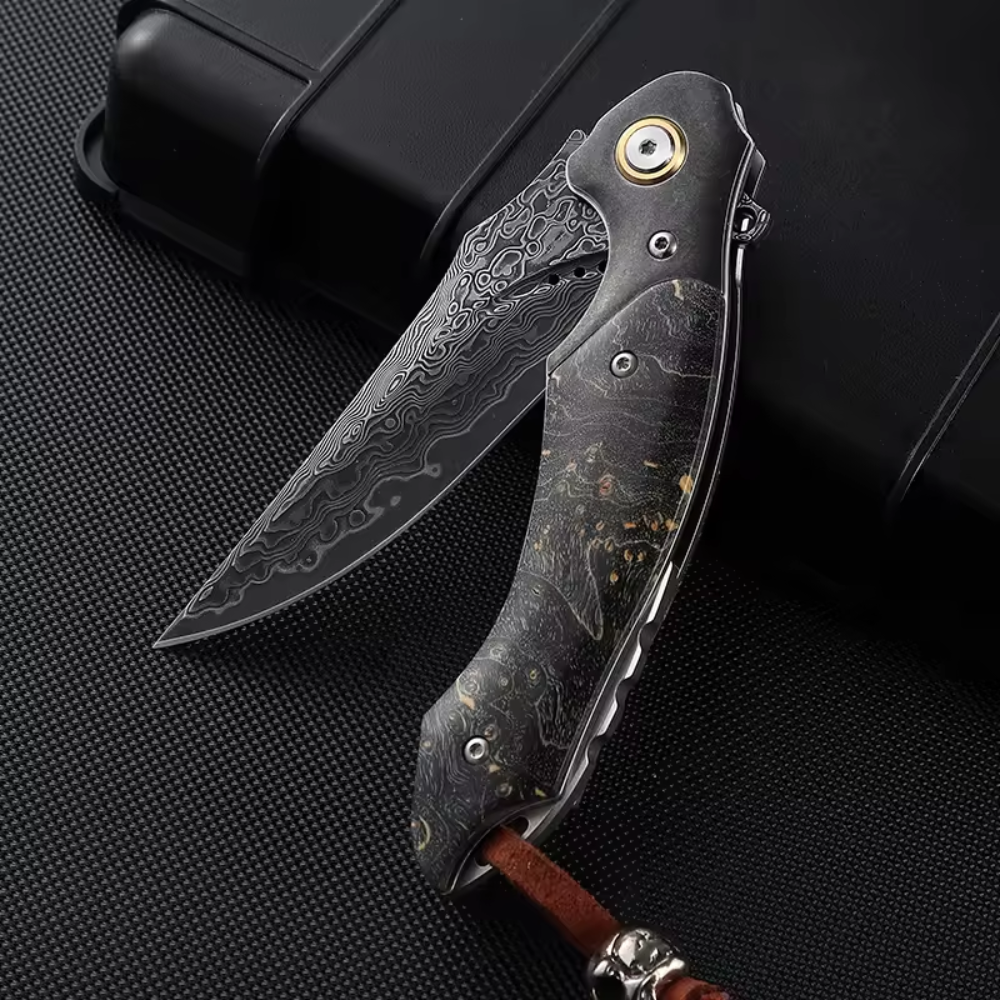
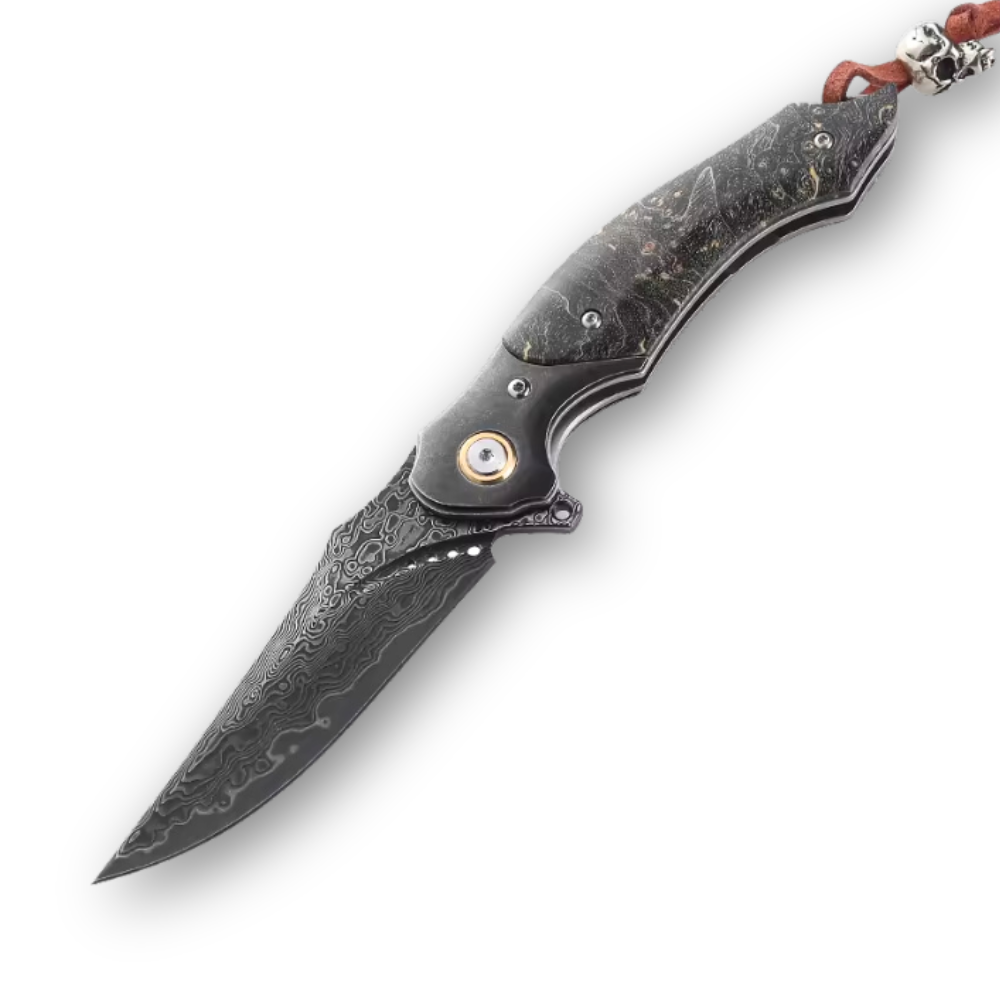
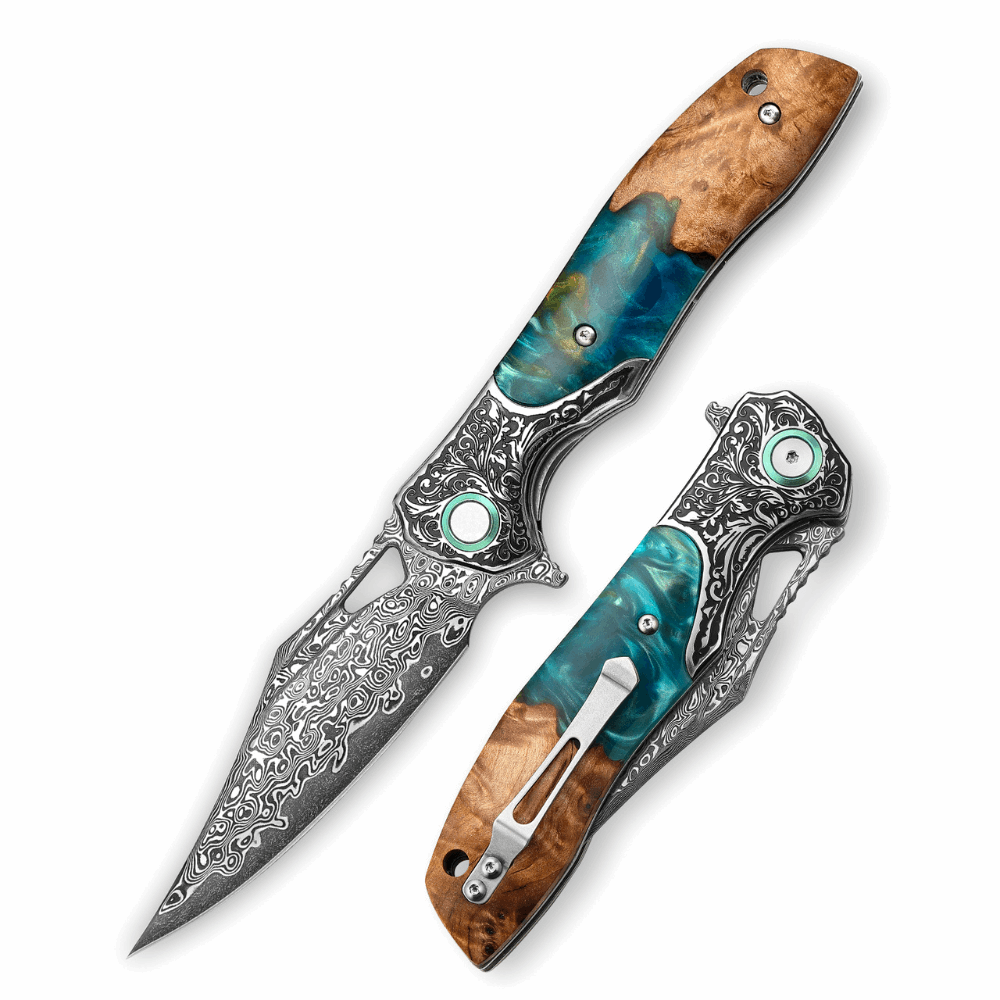
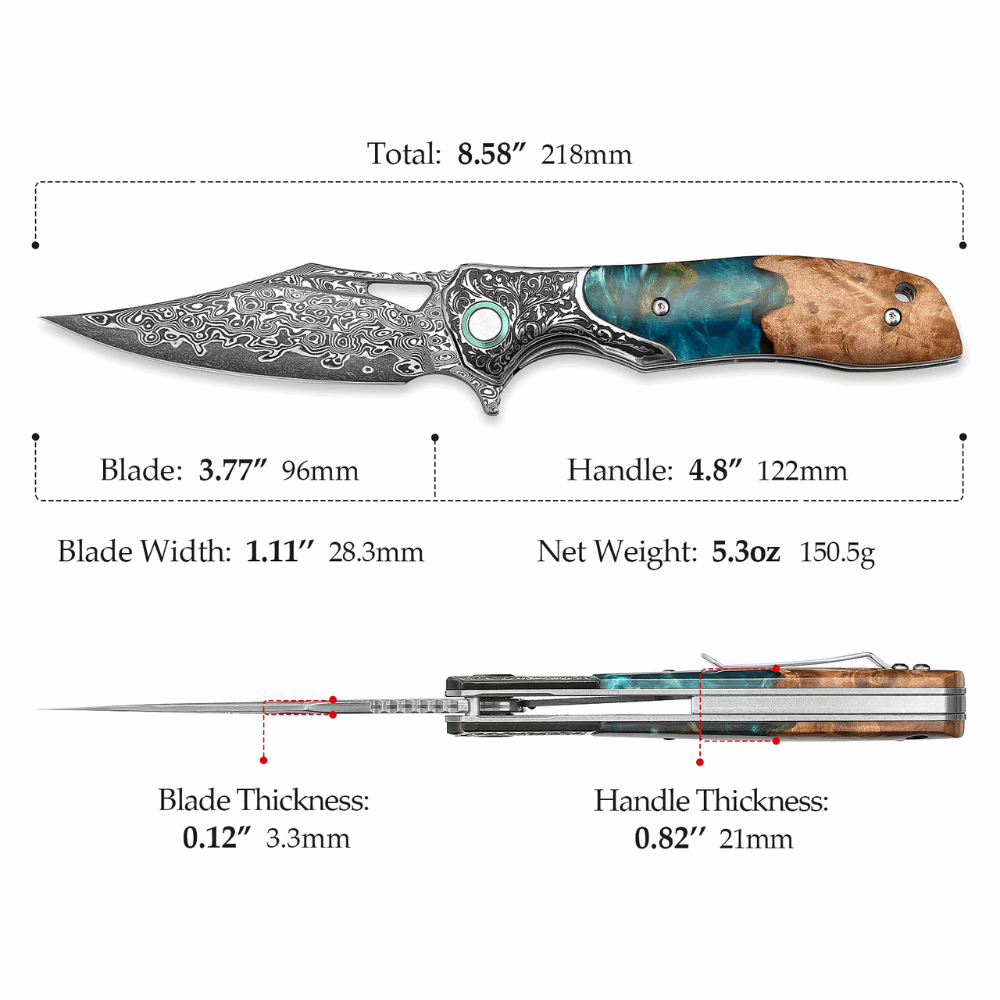
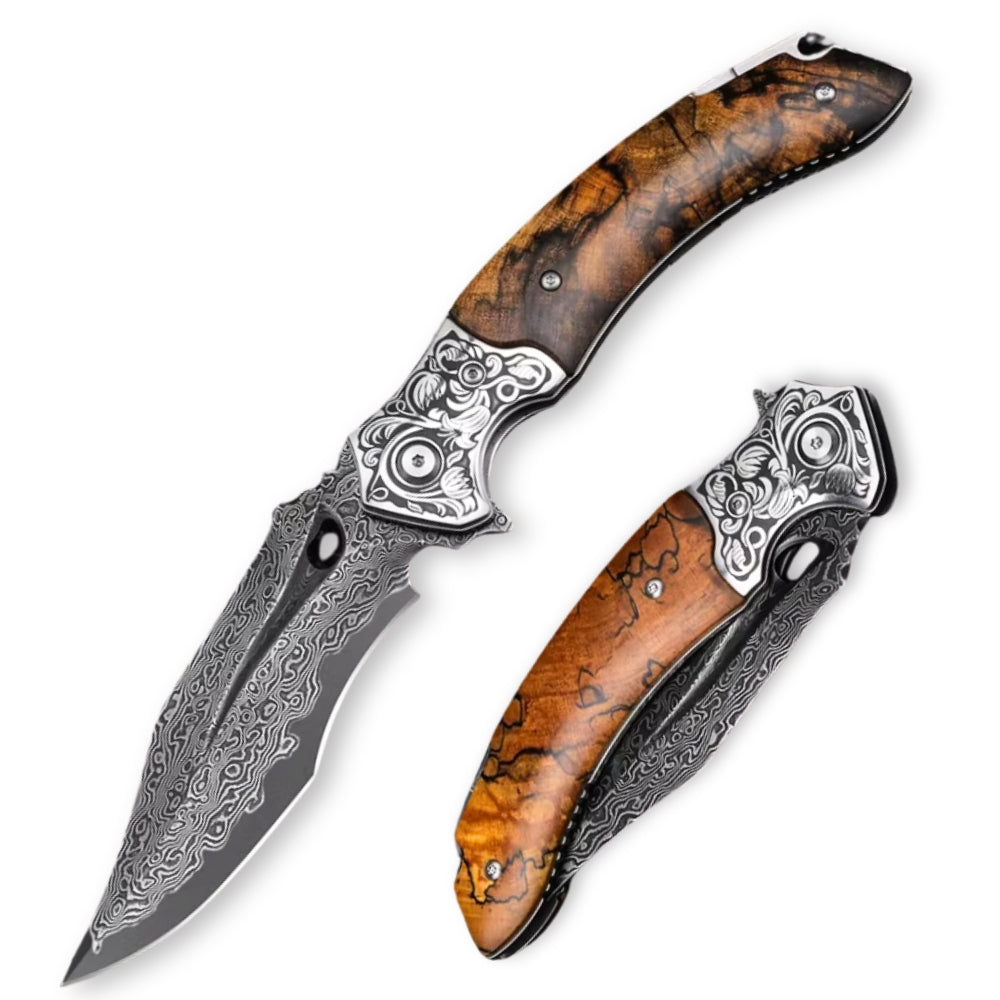
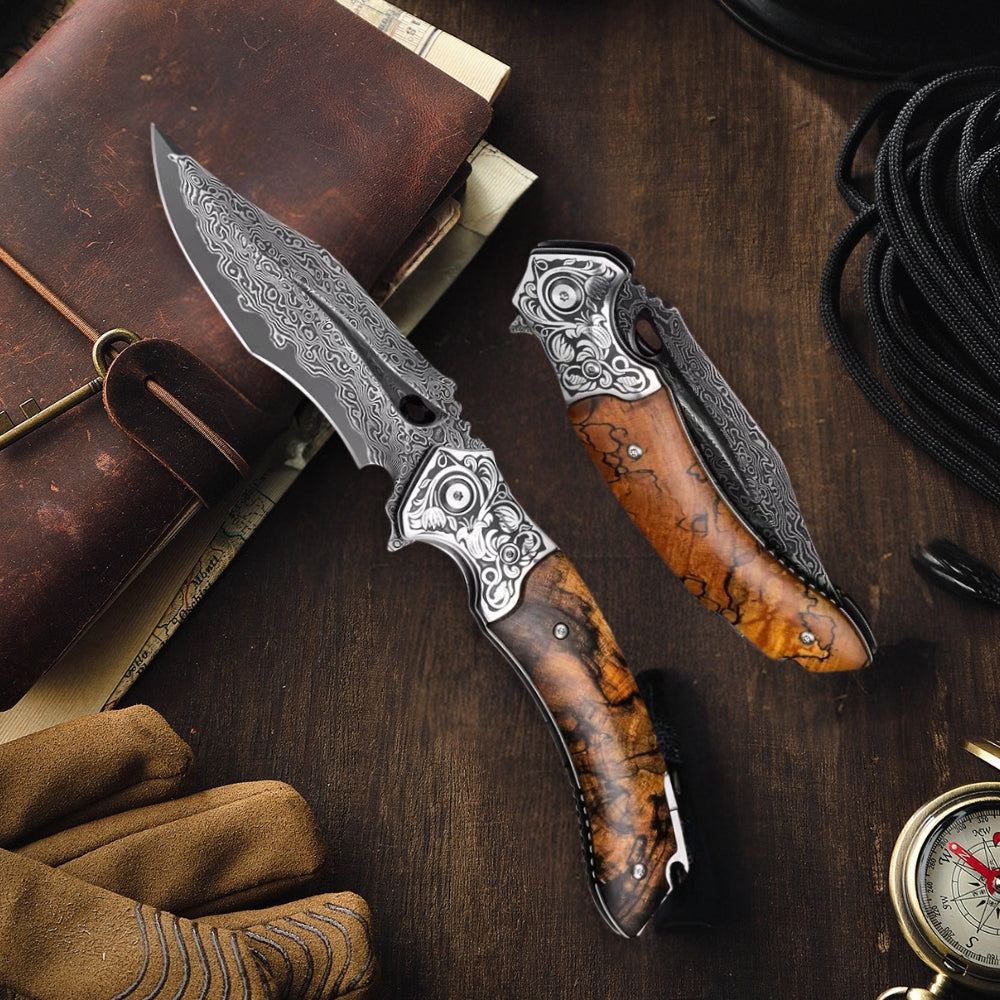
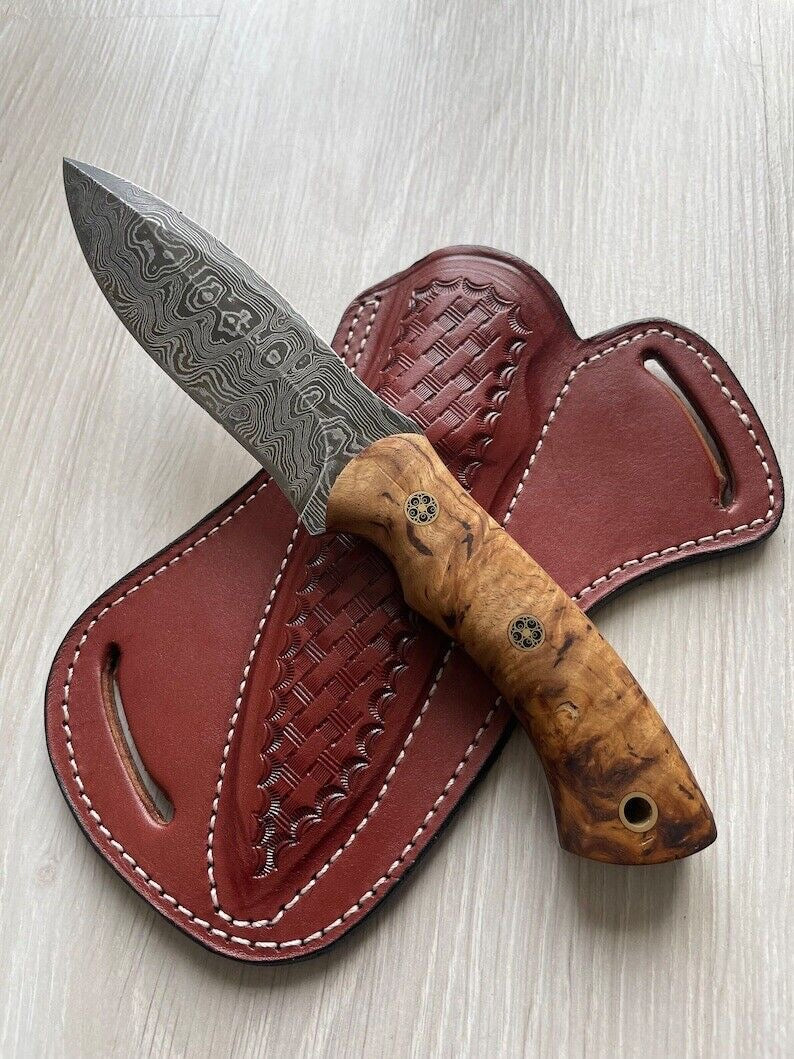
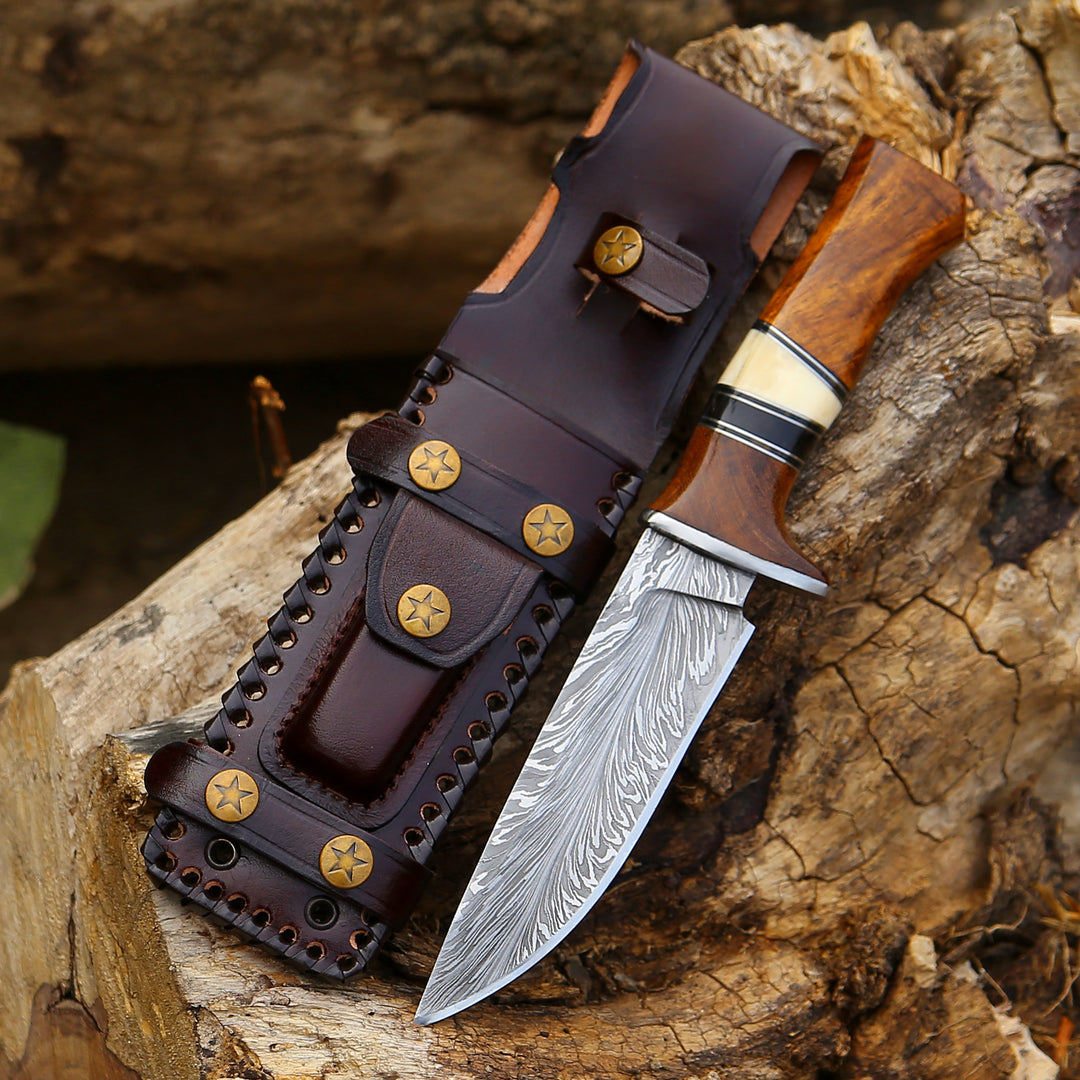
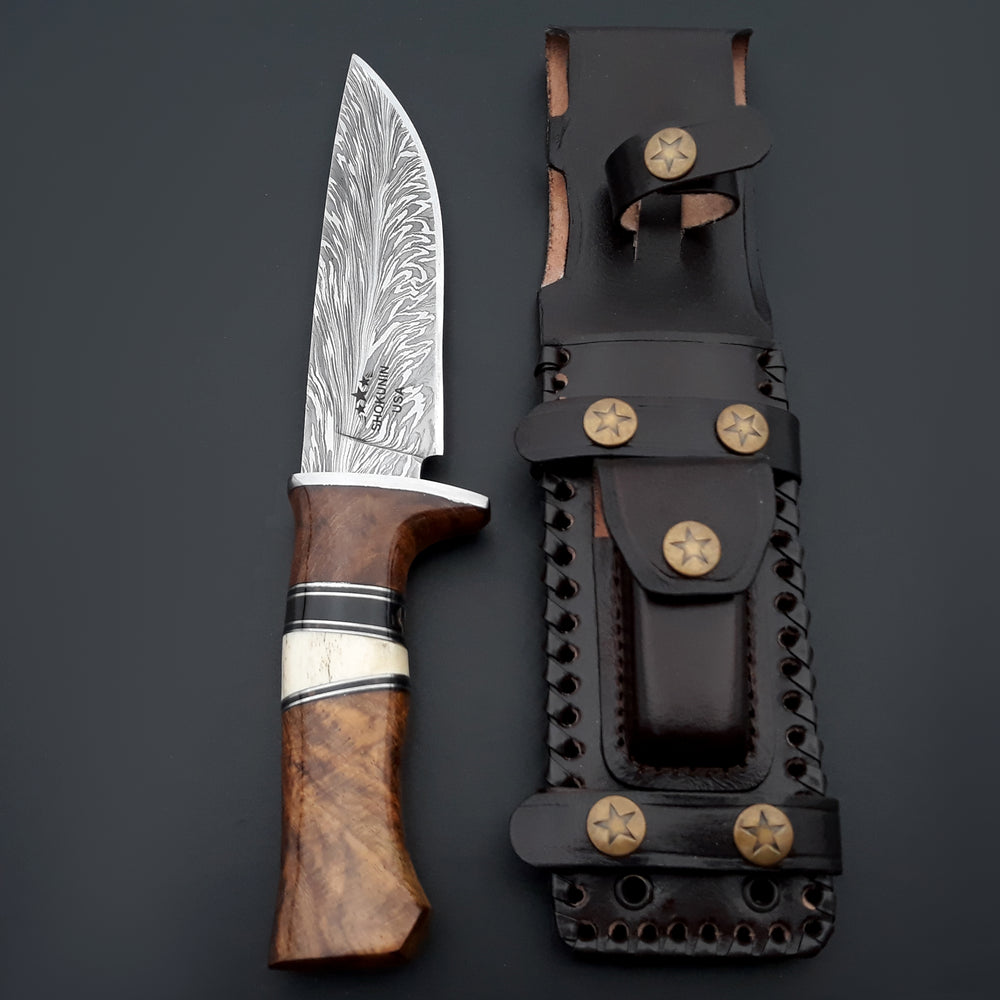
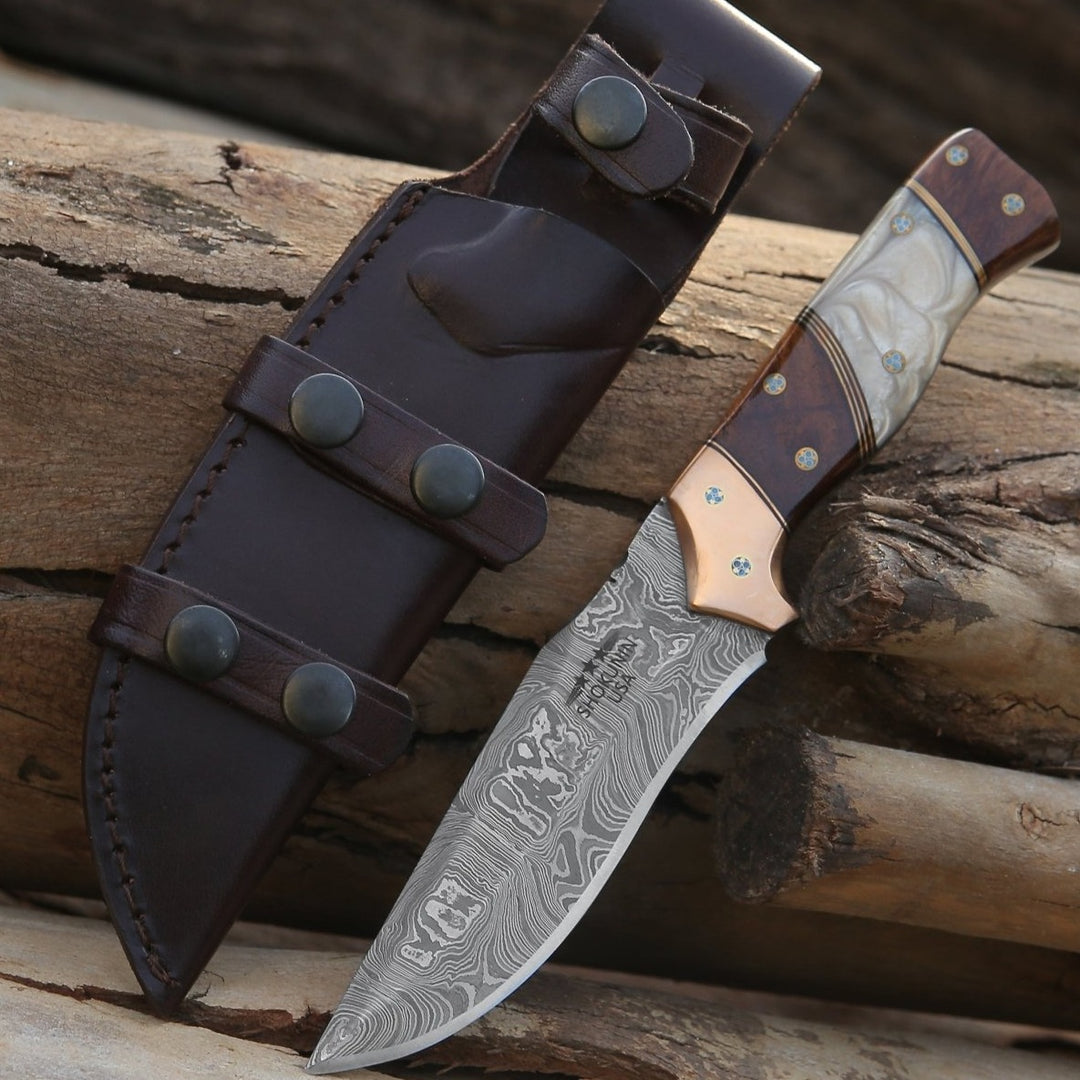
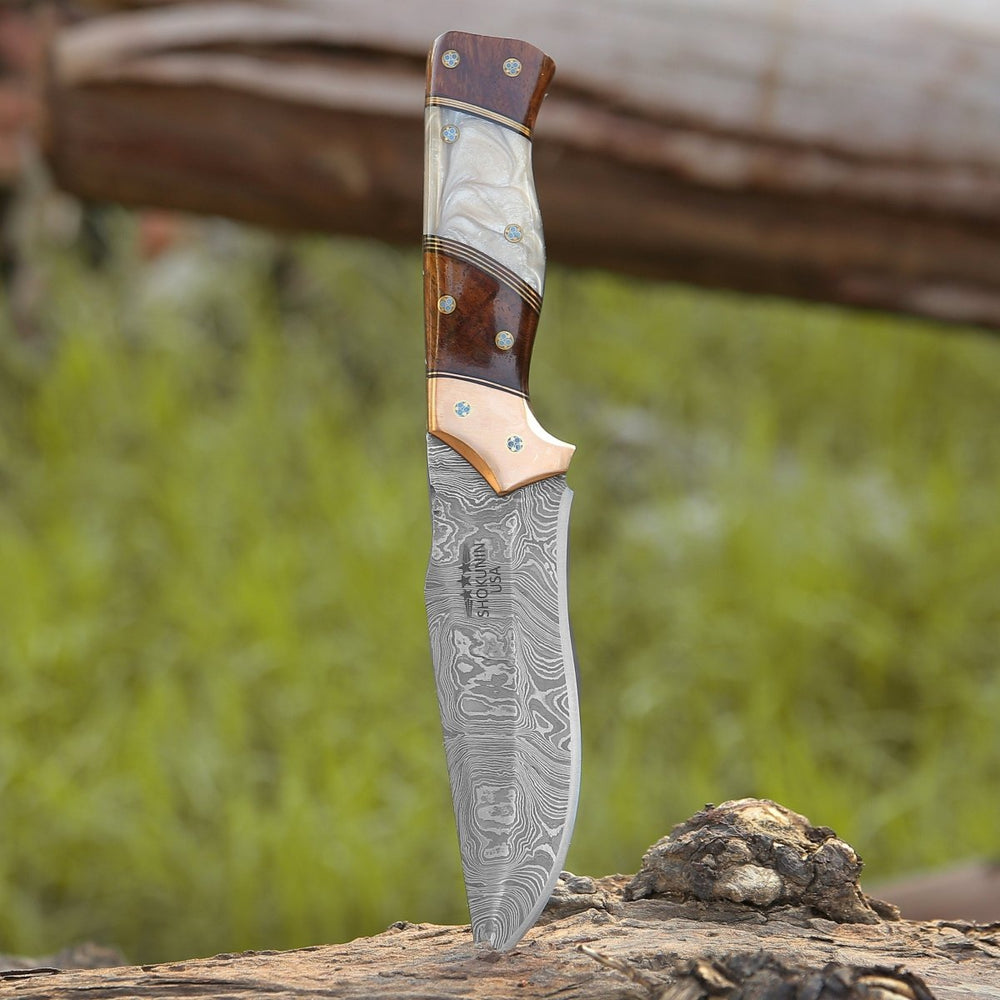
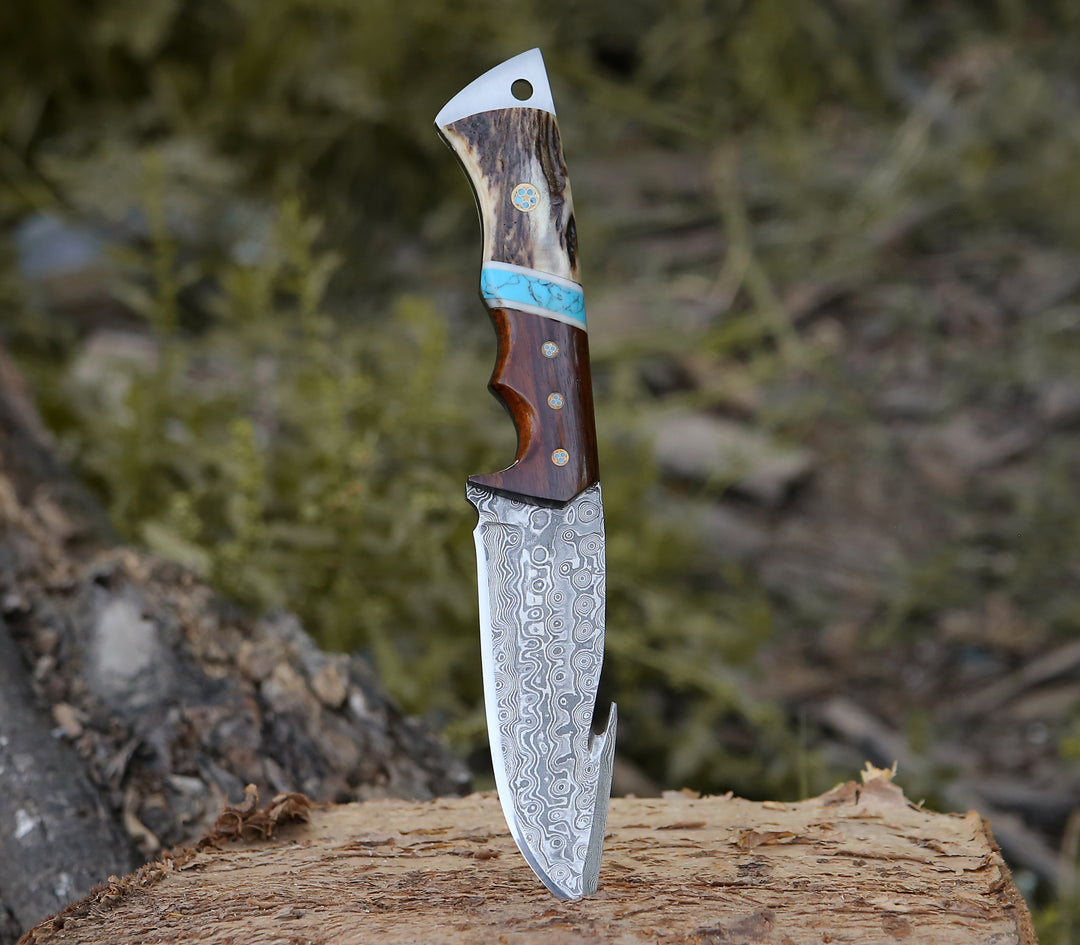
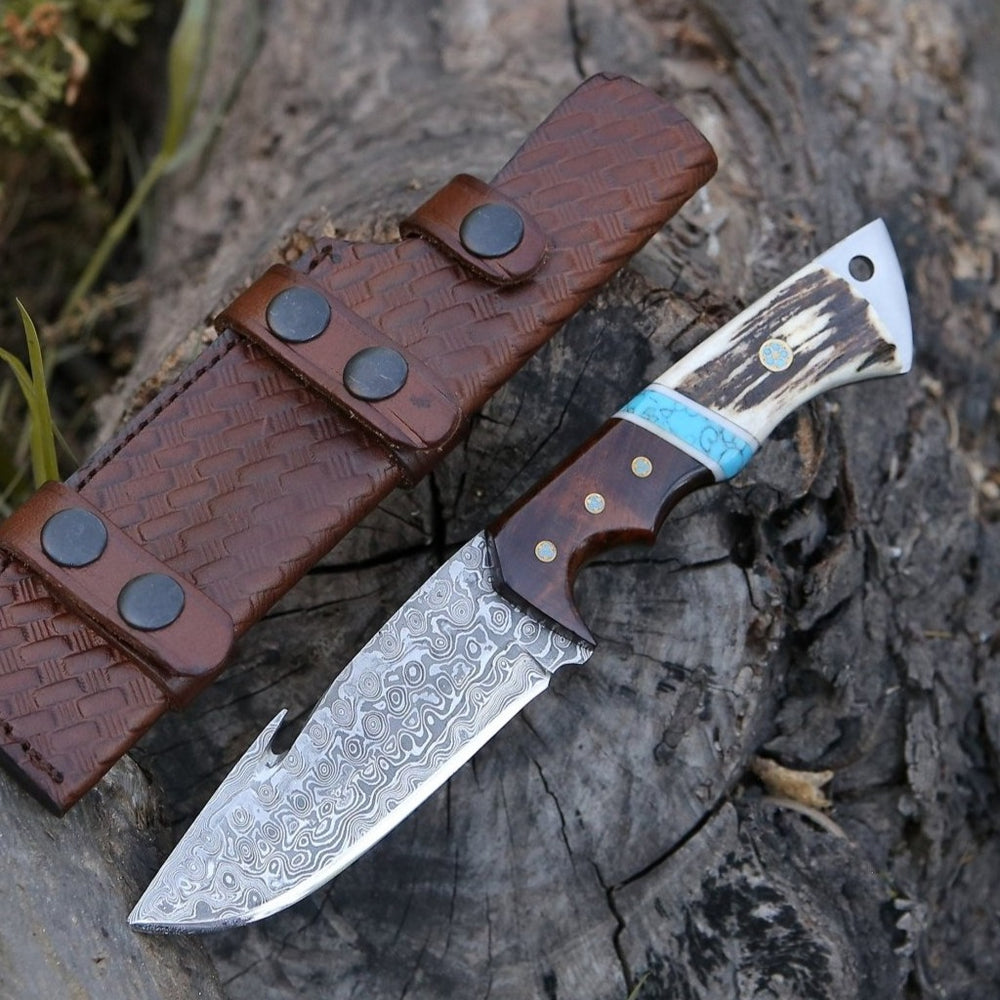
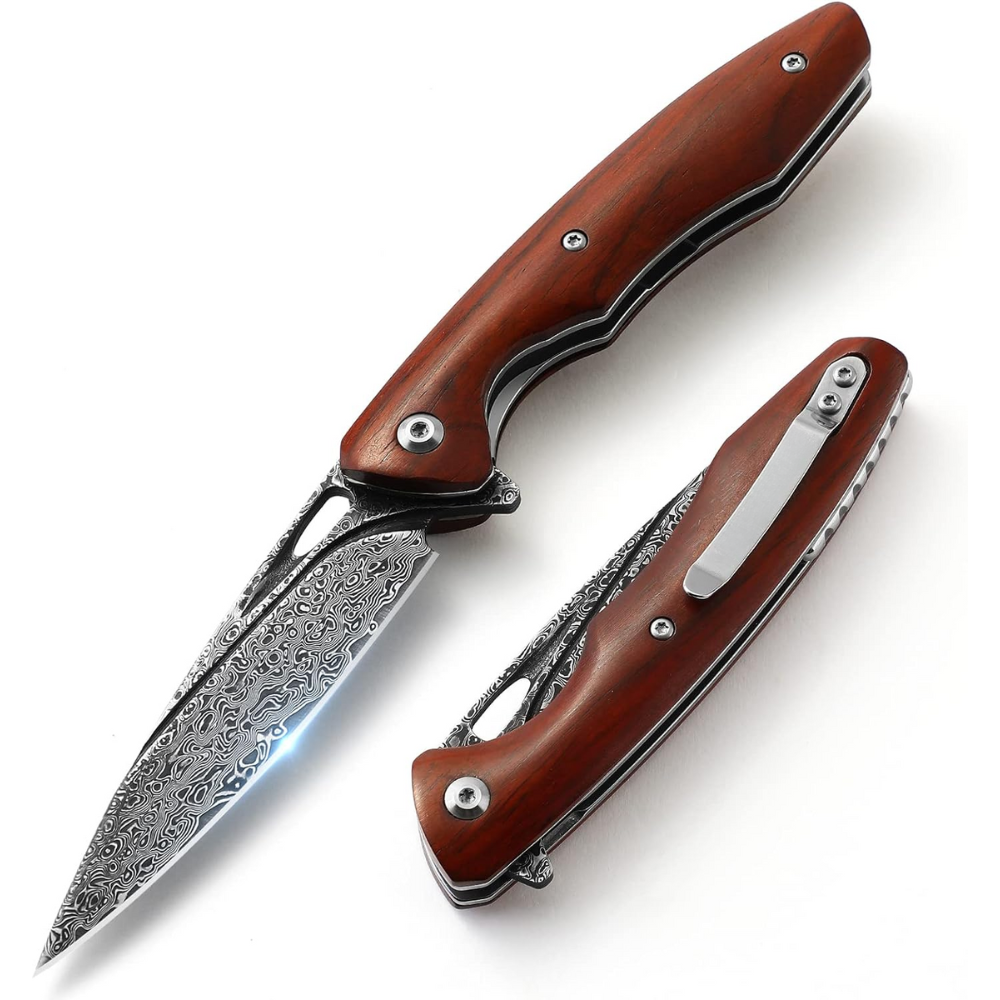
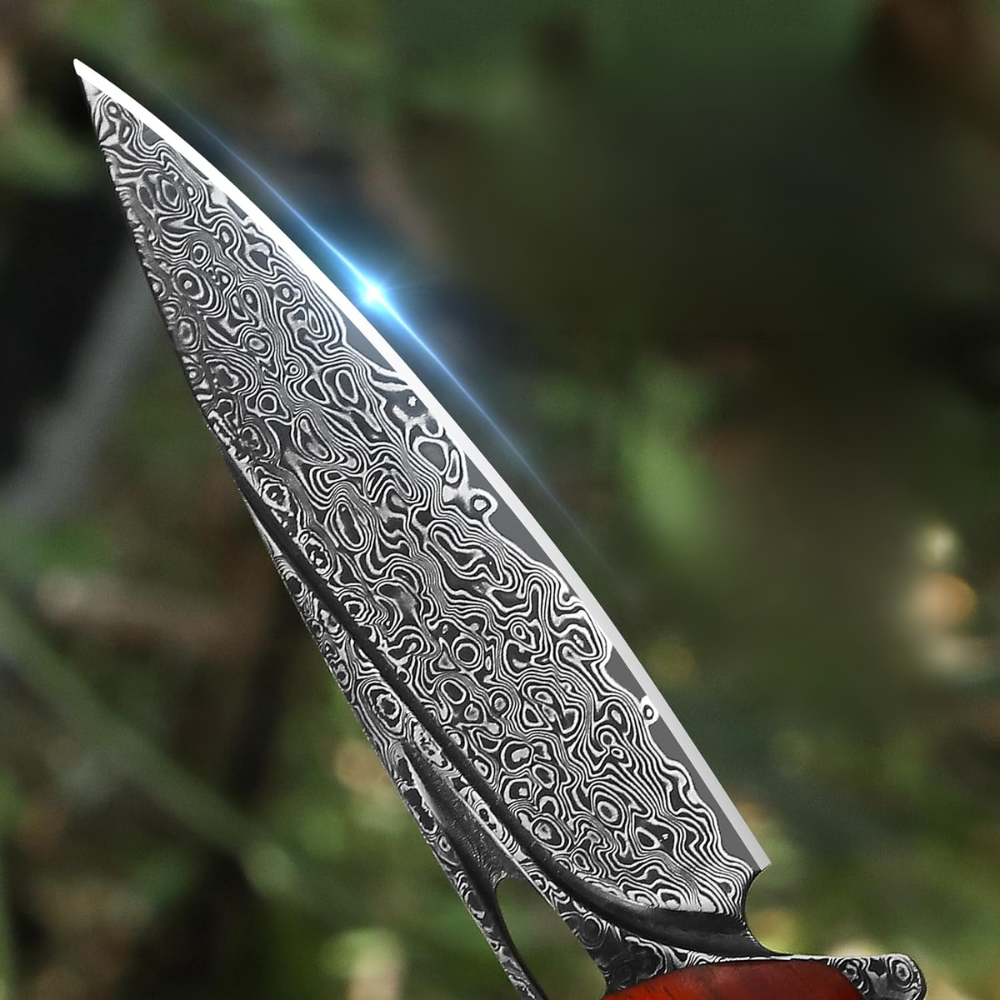
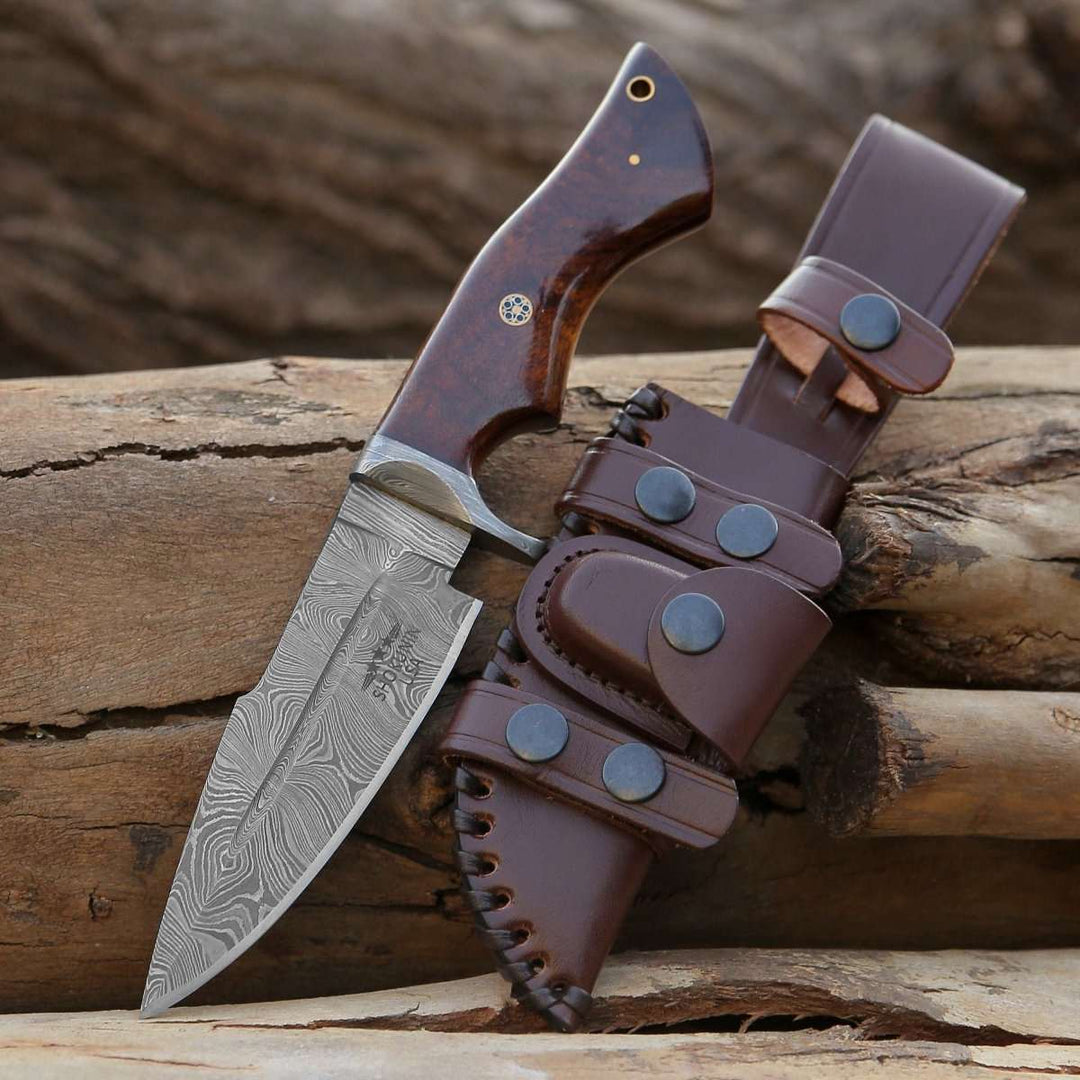
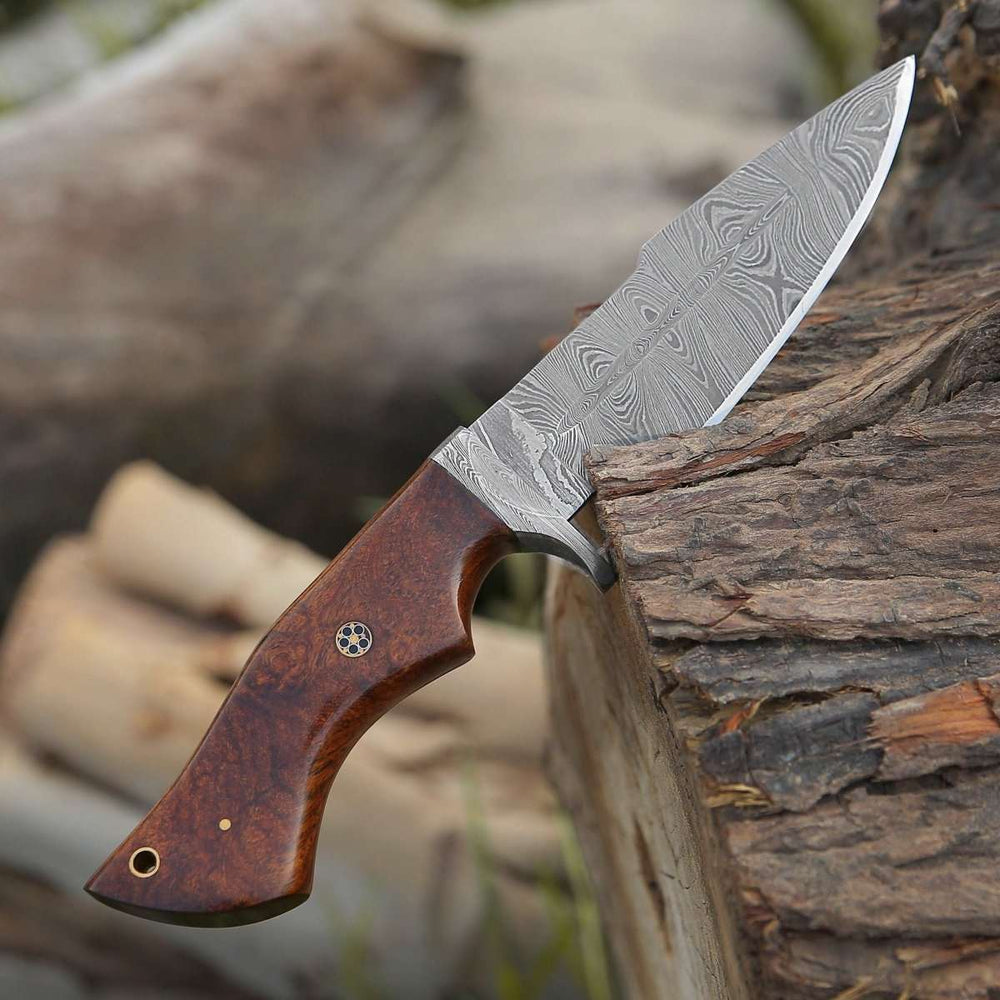
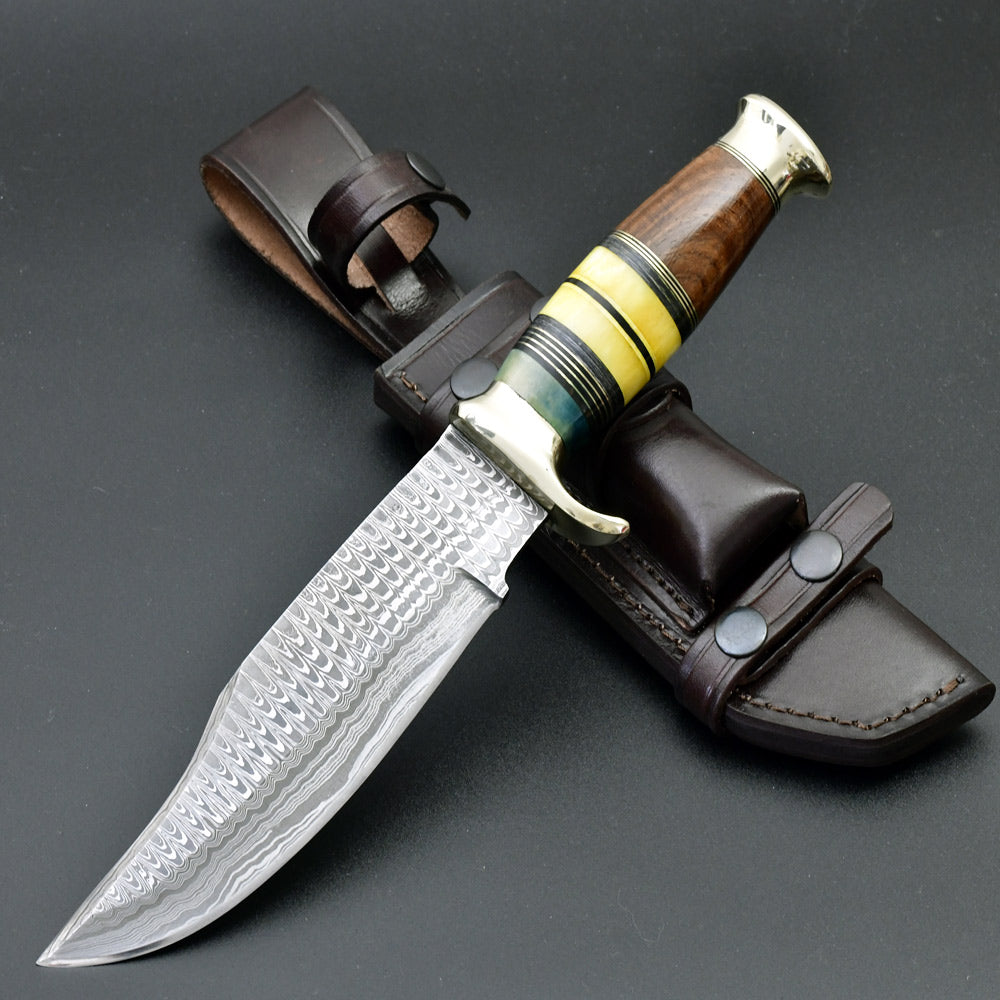
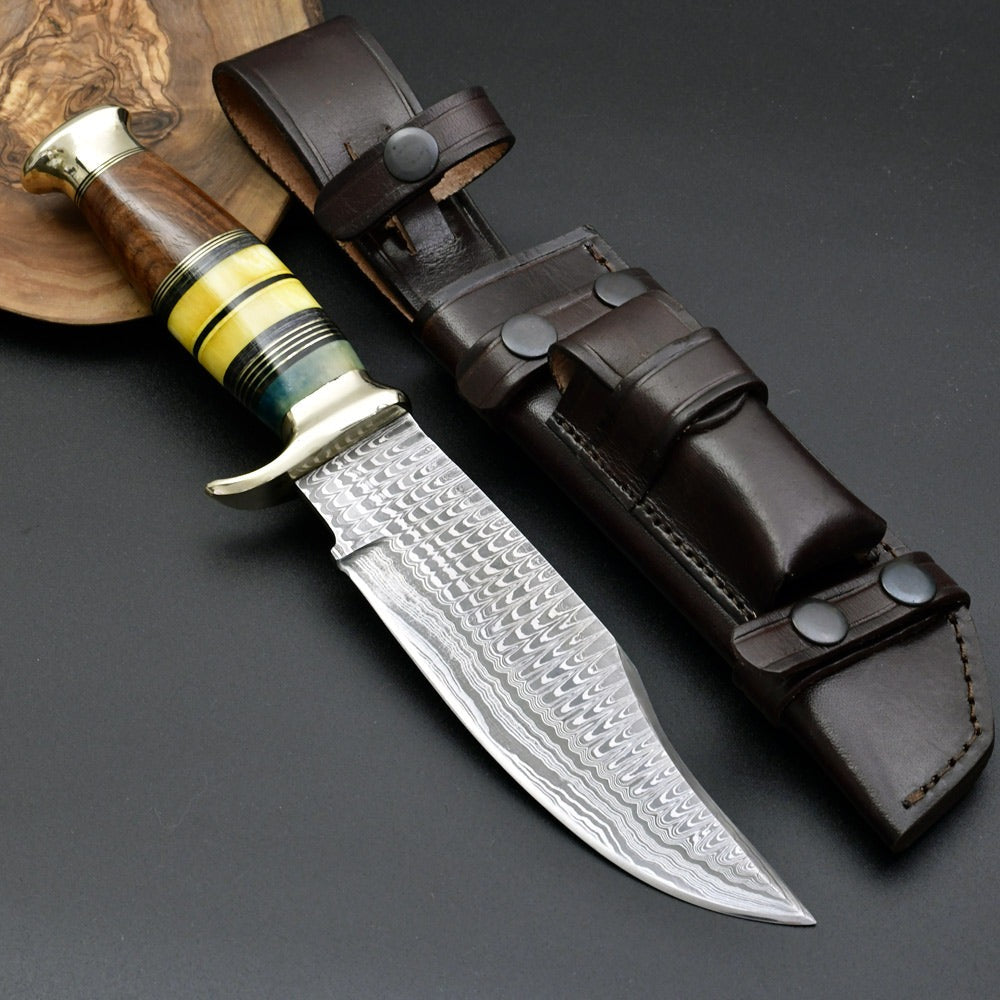
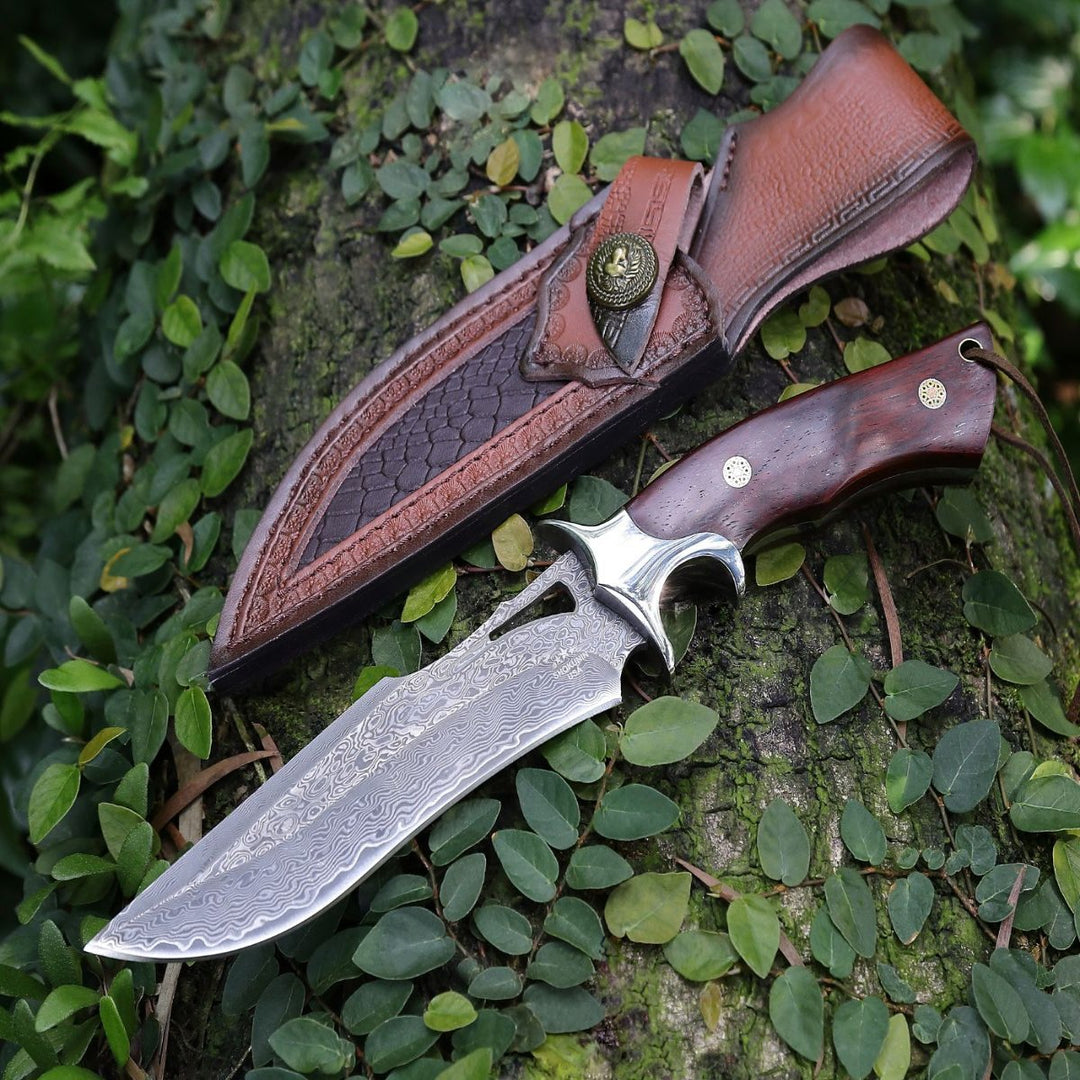
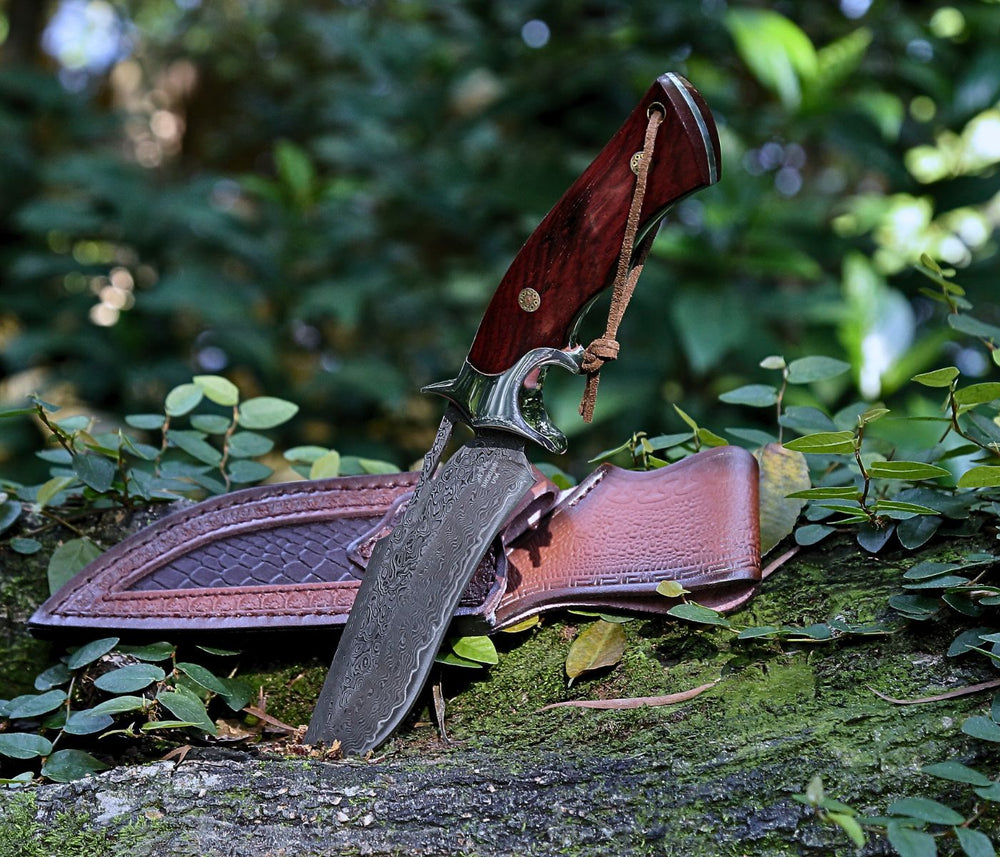
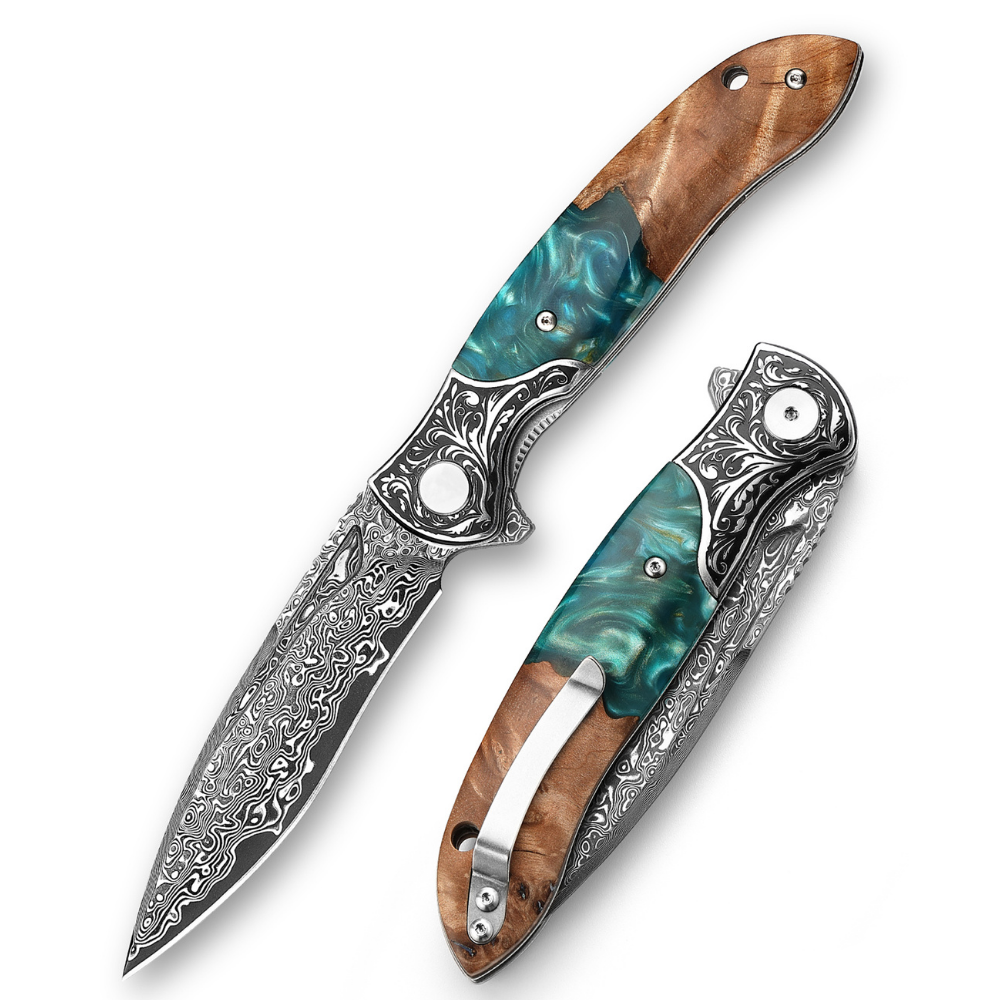
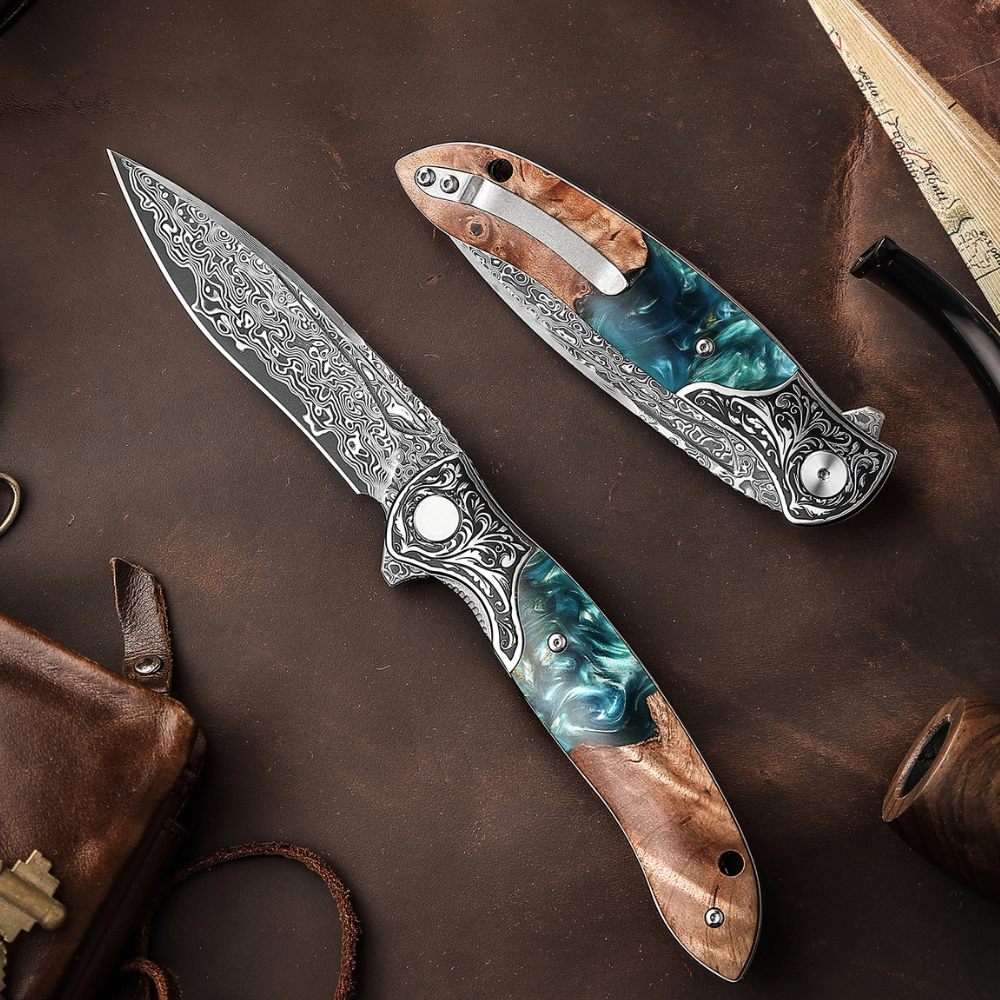
Leave a comment